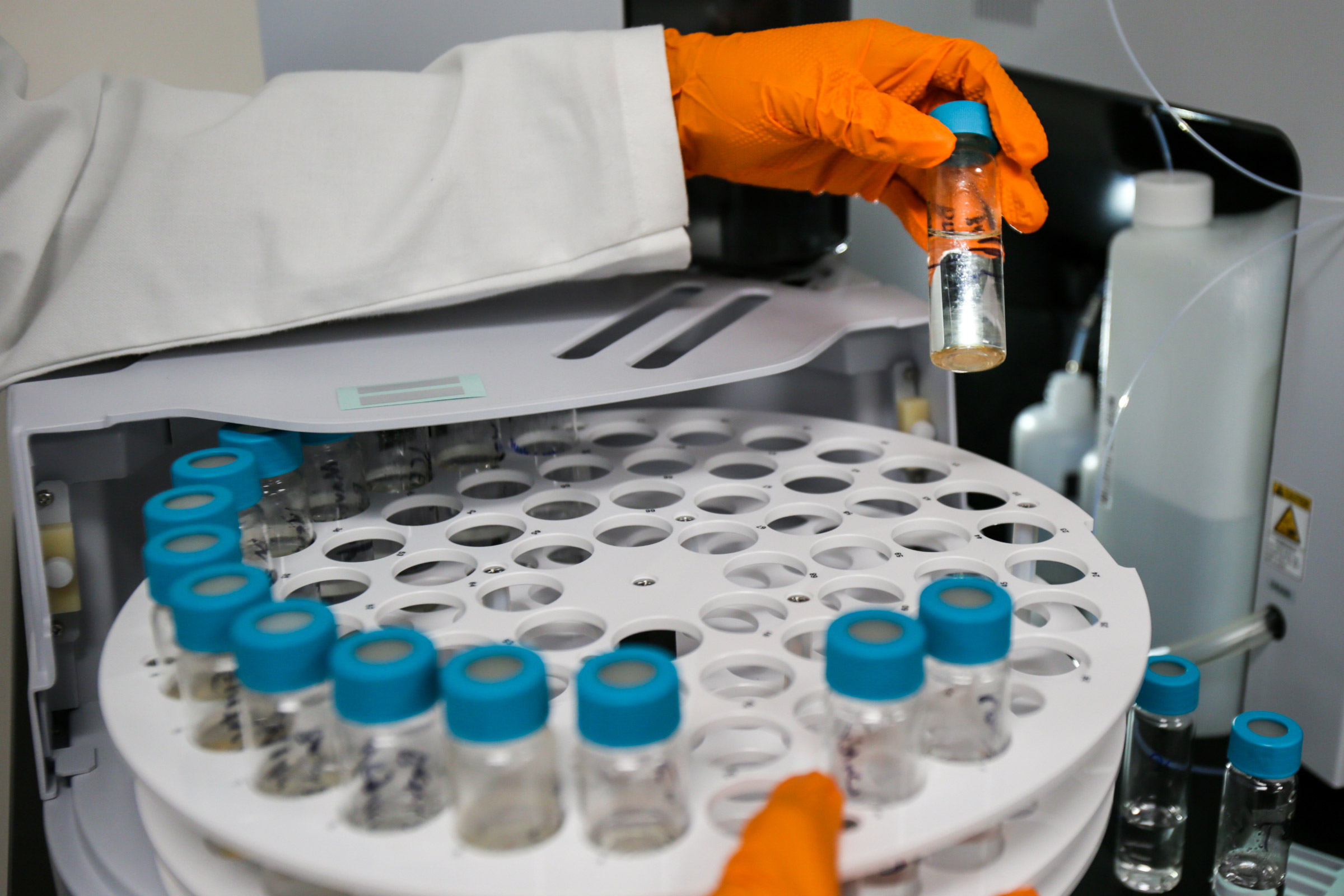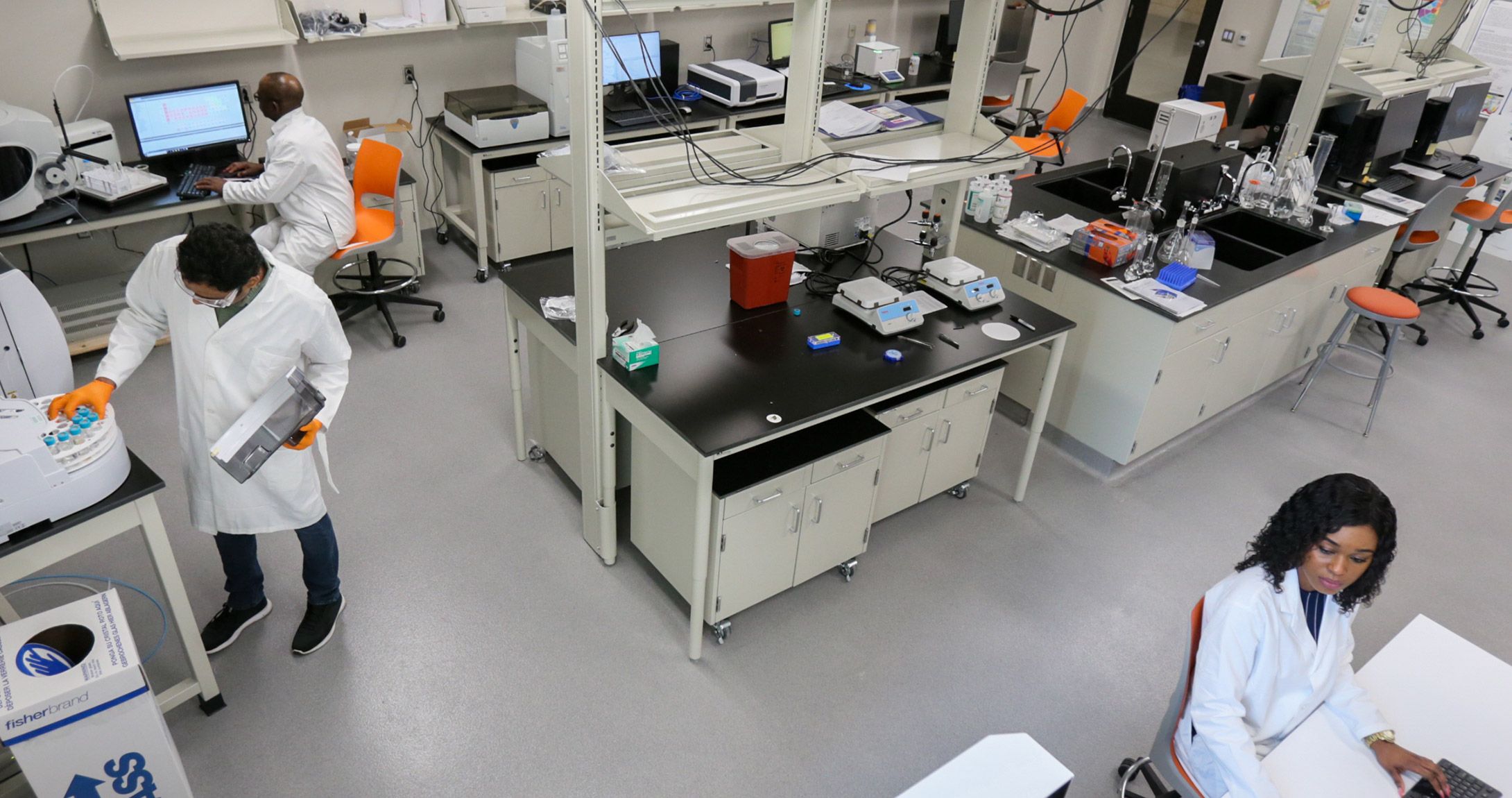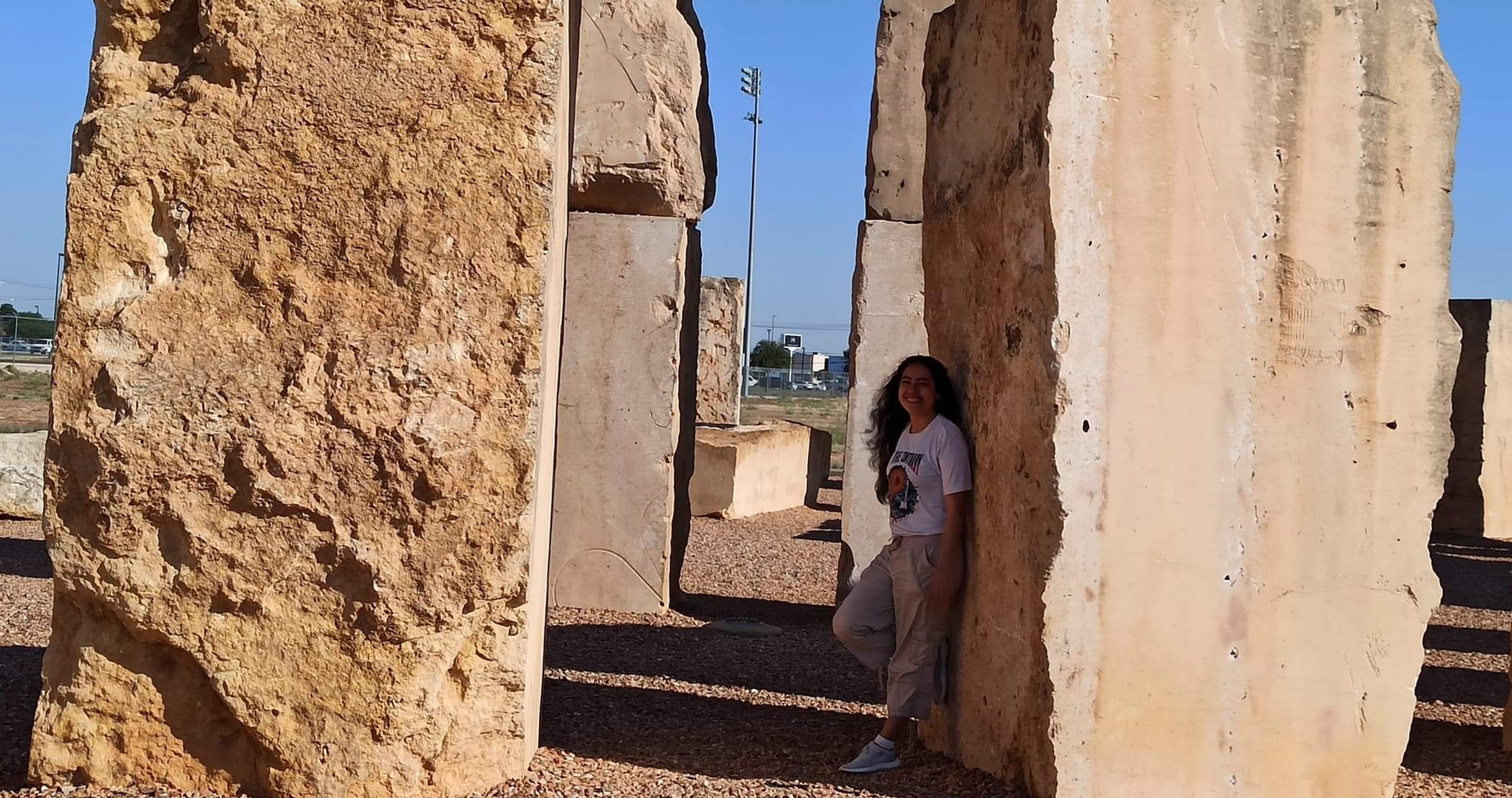The TWEI works on innovative ways to treat and reuse contaminated water from the oil industry.
Located in UTPB's College of Engineering and CEED Buildings, the Texas Water and Energy Institute (TWEI) is making big strides in tackling one of the most pressing issues in the energy industry—managing the vast amounts of water produced during oil extraction. The Permian Basin, the most active oil-producing region in the U.S., faces unique challenges due to its dry conditions and the massive water needs of oil production.
 When oil is extracted, it generates a lot of wastewater, far too salty and contaminated for traditional treatment methods. This is where TWEI steps in, working on innovative ways to treat and reuse this water. Founded in 2020, the institute is already making a mark with cutting-edge research and technology.
When oil is extracted, it generates a lot of wastewater, far too salty and contaminated for traditional treatment methods. This is where TWEI steps in, working on innovative ways to treat and reuse this water. Founded in 2020, the institute is already making a mark with cutting-edge research and technology.
It houses advanced water characterization instruments that are used by students and faculty for research including:
 creating a multi-disciplinary curriculum to train students in everything from engineering to social sciences, ensuring they’re ready to tackle the complex water and energy challenges of the future. Students have the opportunity to get involved in cutting-edge research, and many have already co-authored papers and presented at conferences.
creating a multi-disciplinary curriculum to train students in everything from engineering to social sciences, ensuring they’re ready to tackle the complex water and energy challenges of the future. Students have the opportunity to get involved in cutting-edge research, and many have already co-authored papers and presented at conferences.
TWEI is also deeply connected to the local community. They’ve partnered with regional companies to address water management issues and have hosted a series of lectures bringing together experts from industry, academia, and government. These events create a space for sharing the latest knowledge and exploring new solutions.
Looking ahead, TWEI plans to continue its Water Lecture Series and host an Advanced Energy Summit this fall. The institute is also working on securing major funding to expand its research and impact even further. As TWEI continues to grow, it’s clear that it will play a key role in shaping the future of water and energy management in the Permian Basin and beyond.
 When oil is extracted, it generates a lot of wastewater, far too salty and contaminated for traditional treatment methods. This is where TWEI steps in, working on innovative ways to treat and reuse this water. Founded in 2020, the institute is already making a mark with cutting-edge research and technology.
When oil is extracted, it generates a lot of wastewater, far too salty and contaminated for traditional treatment methods. This is where TWEI steps in, working on innovative ways to treat and reuse this water. Founded in 2020, the institute is already making a mark with cutting-edge research and technology. It houses advanced water characterization instruments that are used by students and faculty for research including:
- Scanning Electron Microscope with Energy Dispersive Spectrometry (SEM-EDS)- used to determine the elemental compositions of constituents in produced water.
- Inductively Coupled Plasma Optical Emission Spectrometry (ICP-OES)- used for the analysis and quantitation of trace elements in both liquid and solid samples.
- Ion Chromatography (IC) Systems- used for high-performance isocratic IC separations of anions and cations, with an integrated single-channel design and electrolytic suppression that eliminates the need for regenerant solutions.
- Total Organic Carbon (TOC-L) Series- used for high-sensitivity and routine TOC measurements, efficiently oxidizing a wide range of organic compounds through catalytic combustion, even in samples with high salt content.
 creating a multi-disciplinary curriculum to train students in everything from engineering to social sciences, ensuring they’re ready to tackle the complex water and energy challenges of the future. Students have the opportunity to get involved in cutting-edge research, and many have already co-authored papers and presented at conferences.
creating a multi-disciplinary curriculum to train students in everything from engineering to social sciences, ensuring they’re ready to tackle the complex water and energy challenges of the future. Students have the opportunity to get involved in cutting-edge research, and many have already co-authored papers and presented at conferences. TWEI is also deeply connected to the local community. They’ve partnered with regional companies to address water management issues and have hosted a series of lectures bringing together experts from industry, academia, and government. These events create a space for sharing the latest knowledge and exploring new solutions.
Looking ahead, TWEI plans to continue its Water Lecture Series and host an Advanced Energy Summit this fall. The institute is also working on securing major funding to expand its research and impact even further. As TWEI continues to grow, it’s clear that it will play a key role in shaping the future of water and energy management in the Permian Basin and beyond.


